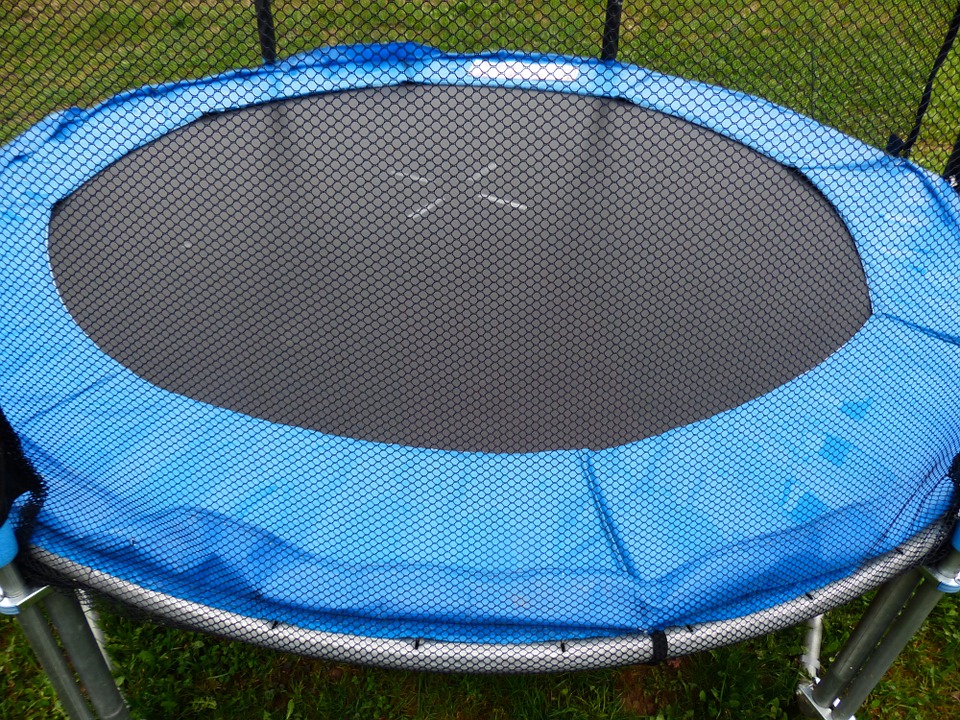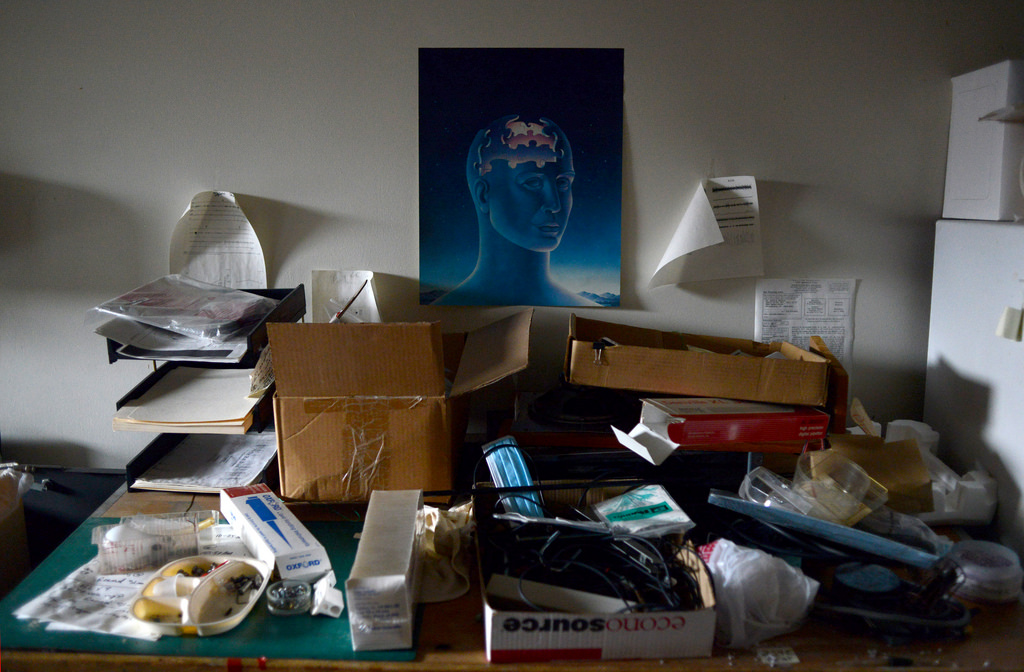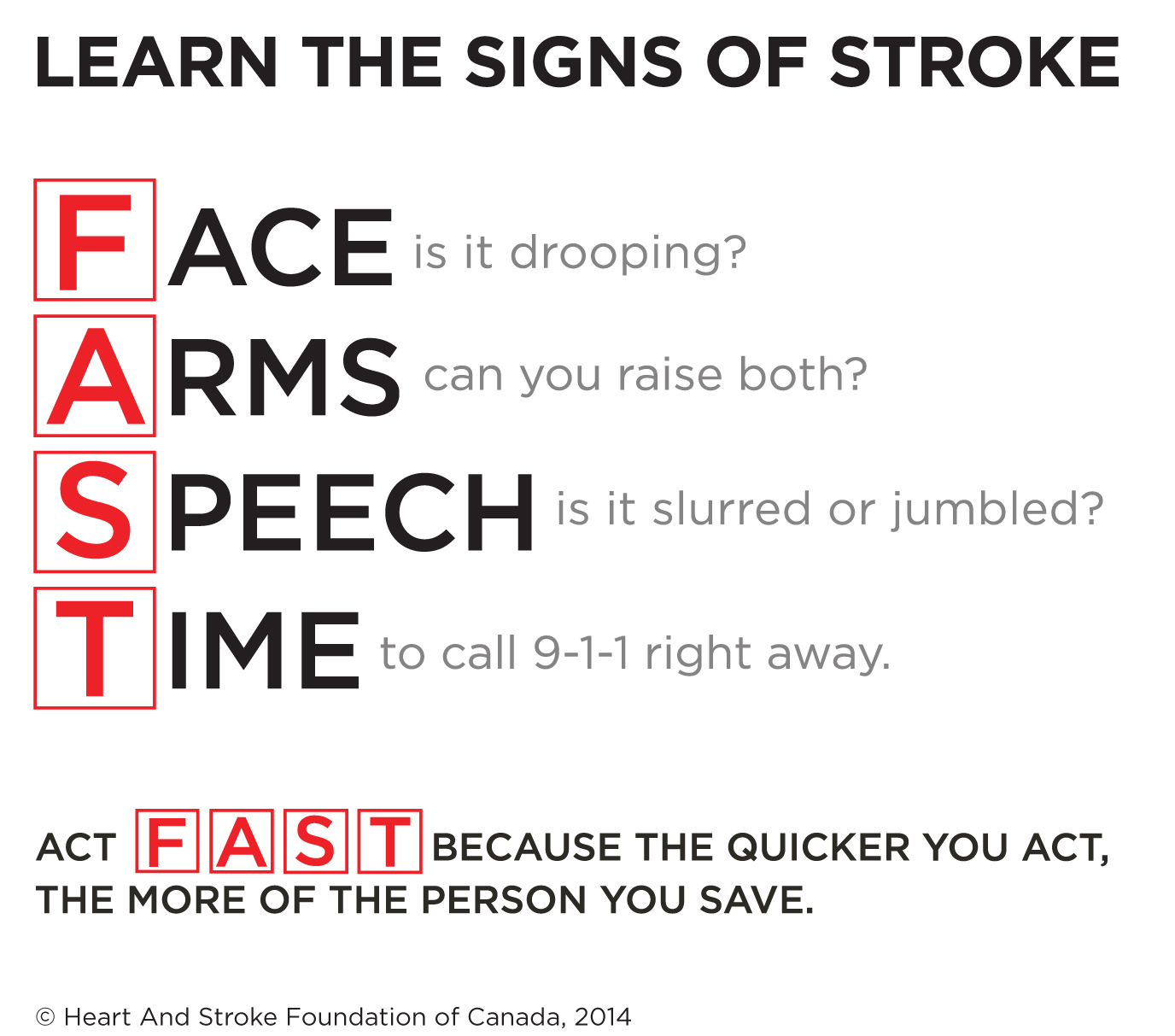Co-written by Jacquelyn Bonneville, Occupational Therapist and proud member of the LGBTQ community
Have you ever been on vacation to Jamaica, Dominica, or St. Lucia? Have you ever Googled pictures of the beautiful Maldives? Did you know that all of these countries, and some 70 others, have anti-homosexuality laws punishable by fine, imprisonment, or death? Globally we still have a long way to go, but like all progress, we must remain proud of the steps forward we are taking in regards for Lesbian, Gay, Bisexual, Transgender, and Queer (LGBTQ) awareness and rights.
Pride month is celebrated in June in every year in honour of the 1969 Stonewall riots in Manhattan, USA; a turning point for LGBTQ activism. If you don’t identify with this culture you may not feel that pride month is relevant to you, however the spirit of pride month is to embrace diversity and peace, which all of us should celebrate, especially as proud Canadians. This point, and the concept of peace, is even more prominent today considering the recent events in Orlando that resulted in the senseless killing of 49 innocent people as they attended a nightclub frequented by the LGBTQ community.
In honour of pride month, we’d like to offer 3 simple ways you can make your business more LGBTQ friendly:
1. Challenge your assumptions.
It can be easy to assume that everyone is straight; when you ask a man if he has a wife, or a woman if she has a husband, you could be unintentionally making an awkward scenario for a non-straight person. If you have an intake form that only has two gender options (male or female), you could be instantly excluding someone, or causing them to feel uncomfortable about your services.
As therapists we are often in a position of asking about our client’s social supports. Instead of making assumptions, ask more open-ended questions such as “Are you in relationship with someone right now”, “who is your main source of support”, or “do you have a significant other?” Have an “other” option for gender on intake forms, or include sex as well as gender if someone’s sexual organs are relevant to your medical field. Consider expanding “married” on your intake process to include “common law” and “long term relationship”. You’ll still get the information you need, but in a more inclusive way.
2. Don’t be afraid you’ll use the wrong terminology.
My husband’s name is Kelly. Many times people have assumed he would be female: he has been put on the girls’ draw in tennis tournaments, rendered us to win the prize for the “ladies best foursome” in a golf event, and often our mail and solicitation calls are directed to Mrs. Kelly. We’ve all called someone by the wrong name / gender accidentally before. It’s embarrassing – usually they correct us, we apologize, and chances are you’ll never forget their name again. It happens, but in the grand scheme of things it isn’t a big deal.
Gay, lesbian, queer, bisexual, bigender, cisgender, gender fluid, asexual, feminine/masculine of center, intersex, MSM/WSM, pansexual, trans*, two-spirit, ze – what does it all mean? If you are not part of any particular minority group, it can be difficult to know if you’re wording something ‘correctly’ and it may make you uncomfortable. You may even be afraid to offend someone – isn’t ‘queer’ an offensive term? It all comes down to individual preference – and you won’t know until you ask.
Instead of assuming a person is Sir or Ma’am, Mr. or Mrs. based on your assumption of their gender, get used to asking more inclusive, generalized questions as part of your daily routine. There is nothing wrong with asking a client/patient, “What’s your preferred name?” or “How should I address you?” And if you slip and use the wrong pronoun or term in addressing them, simply apologize, correct yourself, and move on. Besides, a good businessperson should have a healthy dose of humility – your clients will respect you more for trying to use their preferred terminology, even if you make a mistake. Don’t worry.
3. Understand some of the systemic barriers LGBTQ persons may face in your system.
Knowledge of some of the challenges in your own business that directly affects persons of various sexual orientations and genders will only make your business more inclusive. Some questions that may be relevant to health care professions include: Can a bisexual person donate blood in your city? Is a transperson legally able to give emergency medical consent if their loved one is unconscious? Will a queer person be safe in a shared hospital room if their partner comes to visit them?
Health care isn’t as easily accessible as you may think. It can be very challenging to find competent medical and rehabilitation practitioners that are educated on health factors more common in certain minority populations, and so not all people feel they can be open with their family doctor or access health care without judgment. Knowledge is power – keep an eye out for changing laws, trends, or factors affecting the LGBTQ population in your area.
In the end, consider adopting some of these strategies into your everyday life, and you’ll be making maximum impact with minimal effort. To quote a Futurama cartoon episode:
“When you do things right, people won’t be sure you’ve done anything at all.”
No one may notice you changed your language, or thank you for making the change – but to that client who needs to know that they’re safe with you, I guarantee you that your choice of inclusive words will make all the difference.
As Occupational Therapists we are lucky to be able to assess our clients holistically, and to consider all of the factors that may be affecting their occupational performance including sexual orientation, gender, sex, and social support networks. We can constantly challenge our assumptions to help develop into even better practitioners.
Happy pride month!











